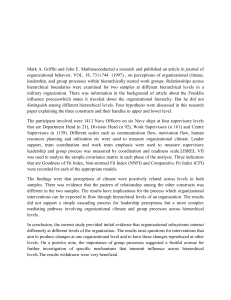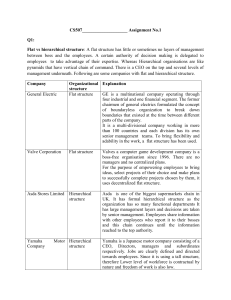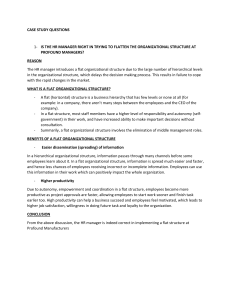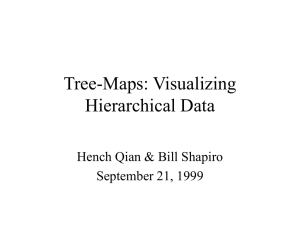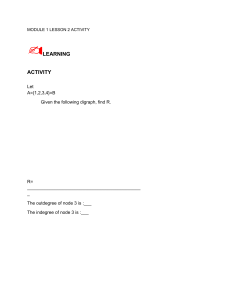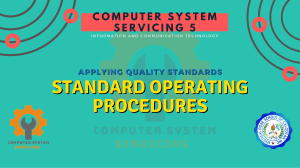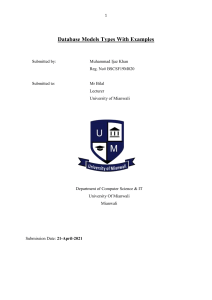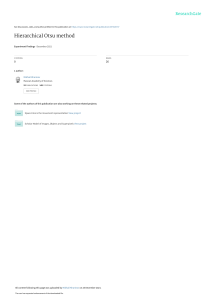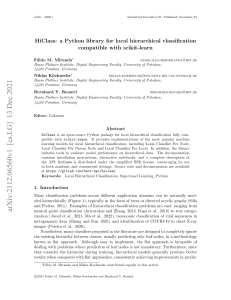Database Management Systems: Advantages & Hierarchical Model
advertisement
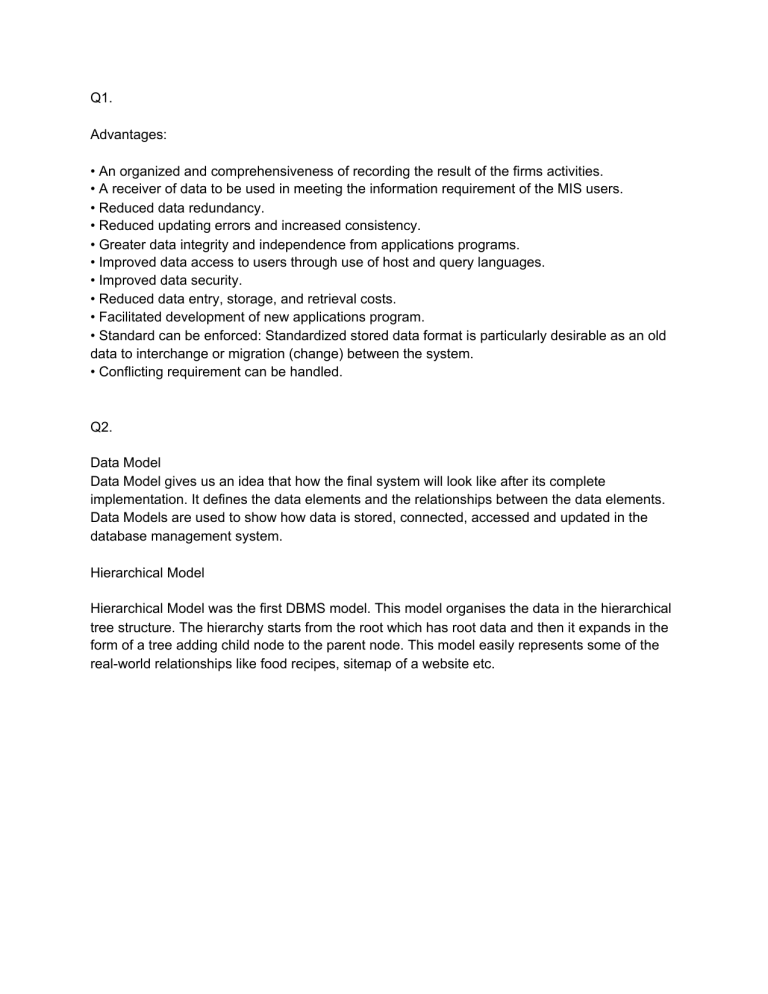
Q1. Advantages: • An organized and comprehensiveness of recording the result of the firms activities. • A receiver of data to be used in meeting the information requirement of the MIS users. • Reduced data redundancy. • Reduced updating errors and increased consistency. • Greater data integrity and independence from applications programs. • Improved data access to users through use of host and query languages. • Improved data security. • Reduced data entry, storage, and retrieval costs. • Facilitated development of new applications program. • Standard can be enforced: Standardized stored data format is particularly desirable as an old data to interchange or migration (change) between the system. • Conflicting requirement can be handled. Q2. Data Model Data Model gives us an idea that how the final system will look like after its complete implementation. It defines the data elements and the relationships between the data elements. Data Models are used to show how data is stored, connected, accessed and updated in the database management system. Hierarchical Model Hierarchical Model was the first DBMS model. This model organises the data in the hierarchical tree structure. The hierarchy starts from the root which has root data and then it expands in the form of a tree adding child node to the parent node. This model easily represents some of the real-world relationships like food recipes, sitemap of a website etc.

